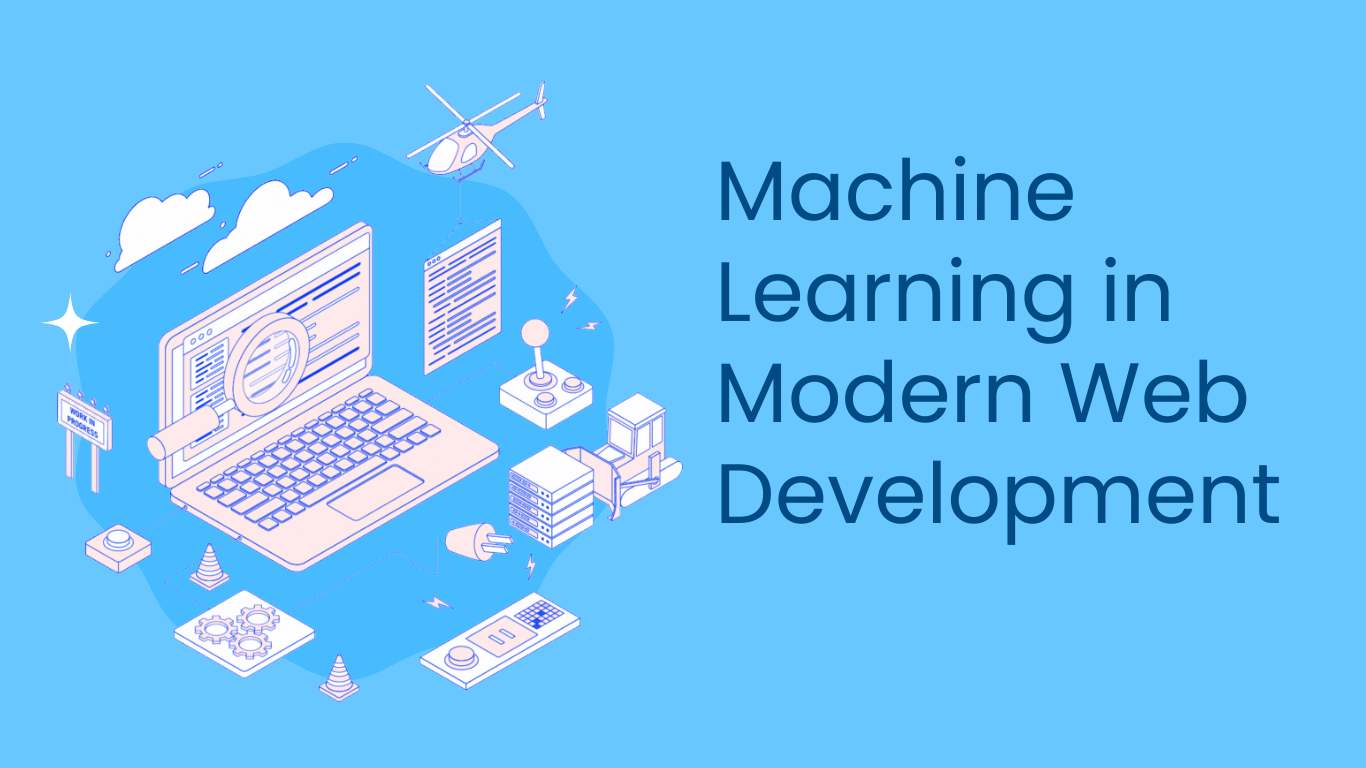Exploring AI and Machine Learning in Modern Web Development

Exploring AI and Machine Learning in Modern Web Development
Artificial Intelligence (AI) and Machine Learning (ML) are revolutionizing modern web development. By enabling smarter, more interactive, and personalized web experiences, these technologies are reshaping how users engage with web applications. Below, we delve into the role AI and ML play in this domain, their applications, and how developers can harness their potential.
The Role of AI and ML in Web Development
AI and ML bring intelligent automation and data-driven insights to web development. They enable developers to create applications that can:
- Understand user behavior: Analyze user interactions to improve design and functionality.
- Personalize experiences: Adapt content dynamically to suit individual preferences.
- Enhance user support: Provide real-time, AI-driven customer support.
- Optimize performance: Predict and adapt to varying load and usage patterns.
Applications of AI and ML in Web Development
1. Chatbots and Virtual Assistants
AI-powered chatbots offer real-time assistance and streamline customer interactions. They can handle queries, provide recommendations, and even facilitate transactions, enhancing user satisfaction and reducing the need for human intervention.
2. Recommendation Systems
Recommendation engines use ML algorithms to analyze user preferences and behavior. Platforms like e-commerce websites and streaming services rely on these systems to suggest products or content, boosting engagement and sales.
3. Dynamic Content Personalization
AI algorithms analyze user data to deliver personalized content. For example, news websites can prioritize articles based on a reader’s interests, while e-commerce sites showcase products tailored to individual preferences.
4. Predictive Analytics
Predictive models help developers anticipate user actions and trends. These insights can be used to pre-load resources, optimize navigation, and ensure smooth application performance.
5. Accessibility Enhancements
AI tools like natural language processing and computer vision enable features such as real-time transcription, image recognition, and screen readers, making web applications more accessible to users with disabilities.
Technologies and Tools for Integrating AI and ML
Frameworks and Libraries
- TensorFlow.js: A library for building and training ML models directly in the browser.
- PyTorch: Popular for its flexibility and dynamic computation graph.
- scikit-learn: Ideal for implementing traditional ML algorithms.
APIs and Platforms
- Google Cloud AI: Offers tools like Vision AI, Speech-to-Text, and Natural Language AI.
- Microsoft Azure AI: Provides robust services for integrating AI into applications.
- AWS AI Services: Enables developers to add intelligence features without deep ML expertise.
Challenges in Leveraging AI and ML
Data Privacy and Security
The use of AI and ML requires handling vast amounts of user data. Developers must ensure that data is collected, stored, and processed securely while adhering to privacy regulations like GDPR and CCPA.
Computational Complexity
Training and deploying ML models can be resource-intensive. Leveraging cloud-based solutions or optimizing models for edge devices can mitigate these challenges.
Ethical Considerations
Bias in data or algorithms can lead to unfair outcomes. Developers must ensure that models are trained on diverse and representative datasets.
Future Trends
- Edge AI: Running AI models on local devices for faster and more secure processing.
- Generative AI: Tools like GPT and DALL-E are expanding creative possibilities in content generation.
- AutoML: Simplifies the process of creating ML models, making AI more accessible to non-experts.
Conclusion
AI and ML are transforming web development by enabling more intelligent, responsive, and user-friendly applications. By embracing these technologies, developers can stay ahead of the curve and deliver cutting-edge web experiences. However, it is crucial to address challenges such as data privacy, computational demands, and ethical considerations to ensure sustainable and equitable development.